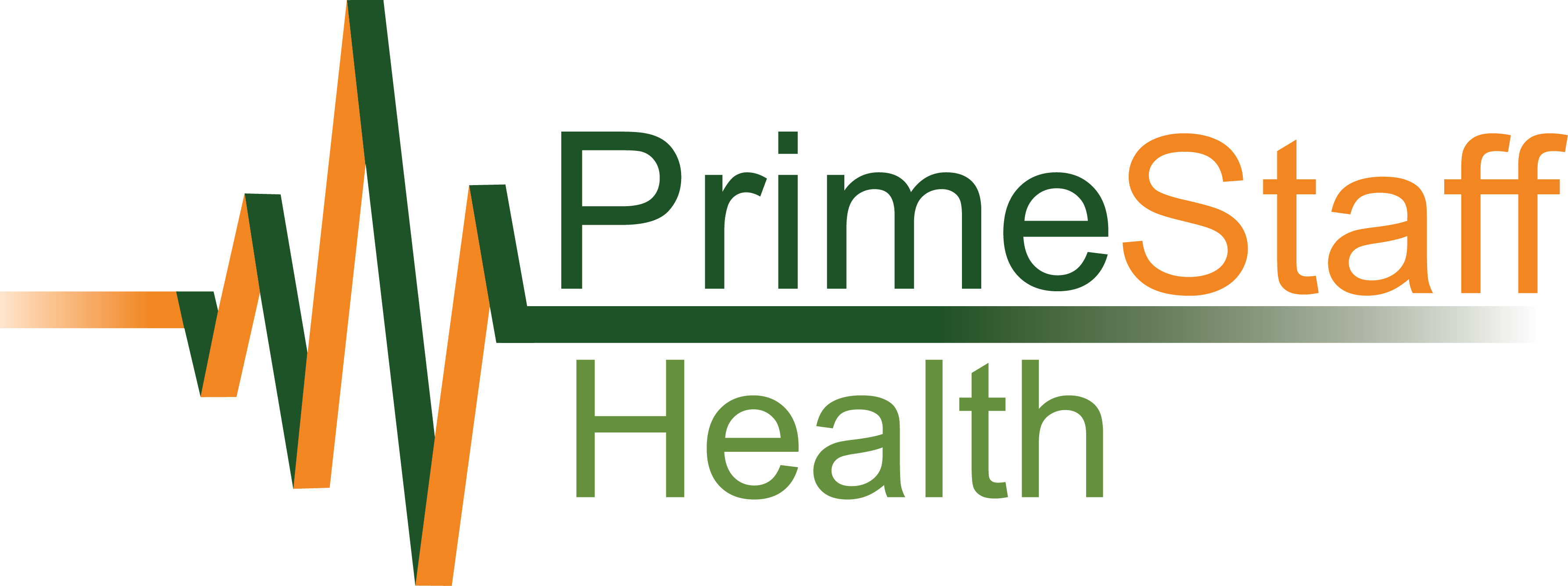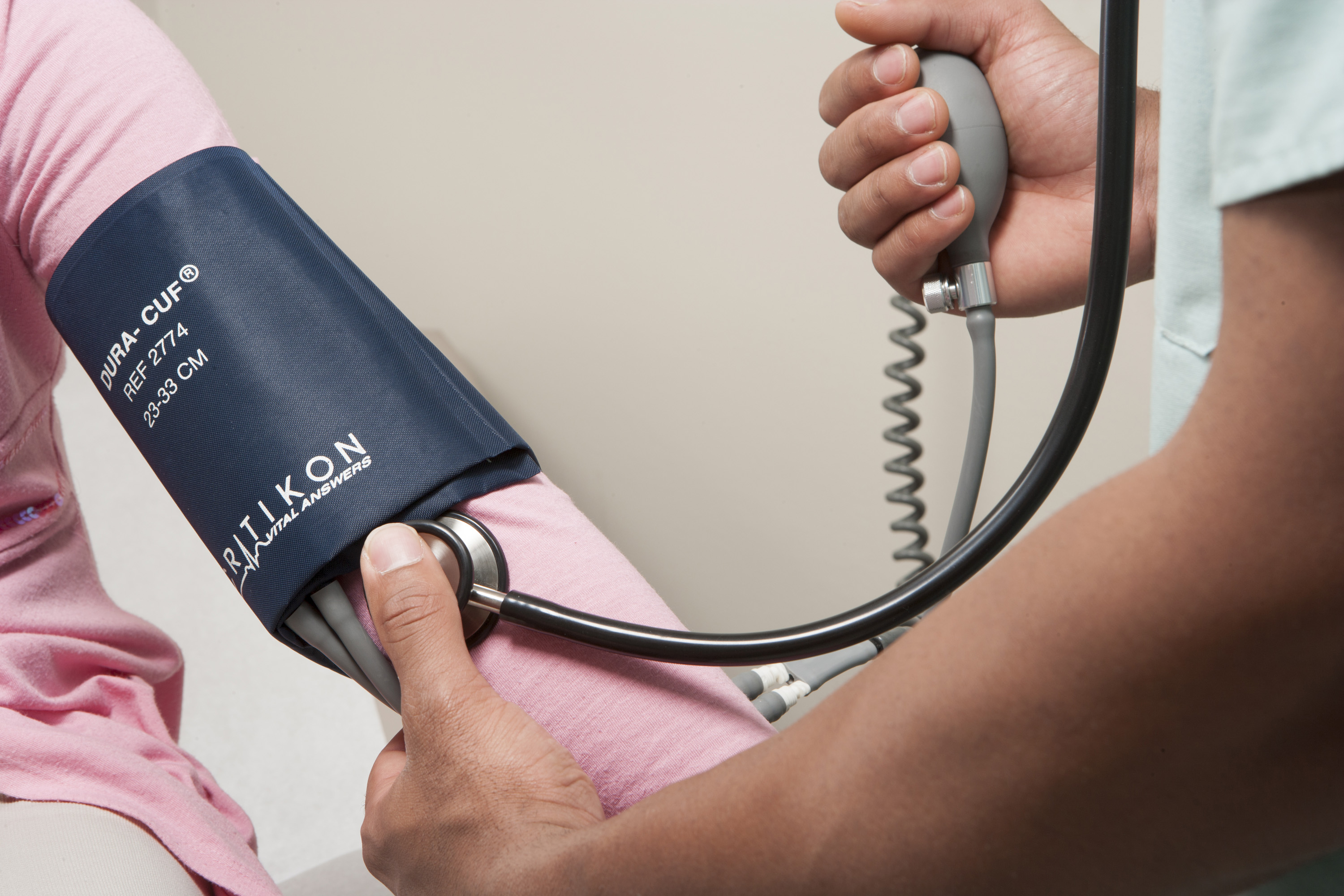I was recently reviewing the FMCSA’s 2024 Medical Examiner’s Handbook to find any changes in the guidelines for blood pressure. It is a common problem for drivers to show up for their DOT exam and have an elevated blood pressure. Sometimes this stems from too much caffeine before the exam, aggravation, or white-coat hypertension. This results in frustration for both the driver and the medical examiner. Therefore I thought I would provide information on how the certification decisions are made based on FMCSA guidance.
Most examiners follow the medical requirements set forth in Section § 391.41(b)(6): Driver Safety & Health-Medical Requirements Guidance Q&A. The guidance in this document is based on stages of hypertension and states:
- A CMV driver with a Blood pressure (BP) less than 140/90 may be certified for 2 years.
- First time BP elevated:
Stage 1 - BP 140-159/90-99 Certification Period 1 year
Stage 2 - BP 160-179/100-109 Certification Period 3 months as one time certification. Within the 3 months, if the blood pressure is below 140/90, the driver may receive 1 year certification.
Stage 3 - BP Reading >180/110 Disqualified. When the blood pressure is less than 140/90, the driver can be certified at 6 month intervals.
2024 FMCSA Medical Examiners Handbook
The FMCSA’s 2024 Medical Examiner’s Handbook (pages 26-27) expands on defining the stages of hypertension.
“Stage 1 hypertension corresponds to a systolic blood pressure of 140−159 mmHg and/or a diastolic blood pressure of 90−99 mmHg. An individual with a blood pressure in this range is at low risk for a hypertension-related event that is likely to interfere with the ability to operate a commercial motor vehicle safely and may be medically certified to drive for a 1-year period. Certification examinations should be done annually thereafter and should be at or less than 140/90. If less than 160/100 but greater than 140/90 at the subsequent examinations, the individual may be given a one-time certification of 3 months to reduce the blood pressure to less than or equal to 140/90.”
“A blood pressure of 160−179 systolic and/or 100−109 diastolic is considered Stage 2 hypertension. A blood pressure in this range is an absolute indication for antihypertensive drug therapy. The individual may be given a one-time certification of 3 months to initiate or adjust antihypertensive drug therapy and to reduce the blood pressure to less than or equal to 140/90. Provided treatment is well tolerated and the driver demonstrates a blood pressure value of 140/90 or less, the individual may be certified for 1 year.”
“A blood pressure at or greater than 180 (systolic) and 110 (diastolic) is considered Stage 3 and carries a high risk for an acute blood pressure-related event that is likely to interfere with the ability to operate a commercial motor vehicle safely. The individual should not be qualified, even for a short period, until the blood pressure is reduced to 140/90 or less and treatment is well tolerated. The individual may be certified for 6 months and biannually (every 6 months) thereafter if at recheck blood pressure is 140/90 or less.”
Annual certification is recommended if the medical examiner does not know the severity of hypertension prior to treatment.
An ME’s fundamental task when evaluating an individual’s blood pressure is to establish whether the individual has high blood pressure that is likely to interfere with the ability to operate a CMV safely. The physical qualification examination is based on information provided by the individual (history), objective data (physical examination), and if necessary, additional testing requested by the ME. The ME’s assessment should reflect physical, psychological, and environmental factors. Medical certification depends on a comprehensive medical assessment of overall health and informed medical judgment about the impact of single or multiple conditions. Complications of hypertension include end stage renal disease and chronic organ damage. If those conditions exist, they should be evaluated under an applicable physical qualification standard.

